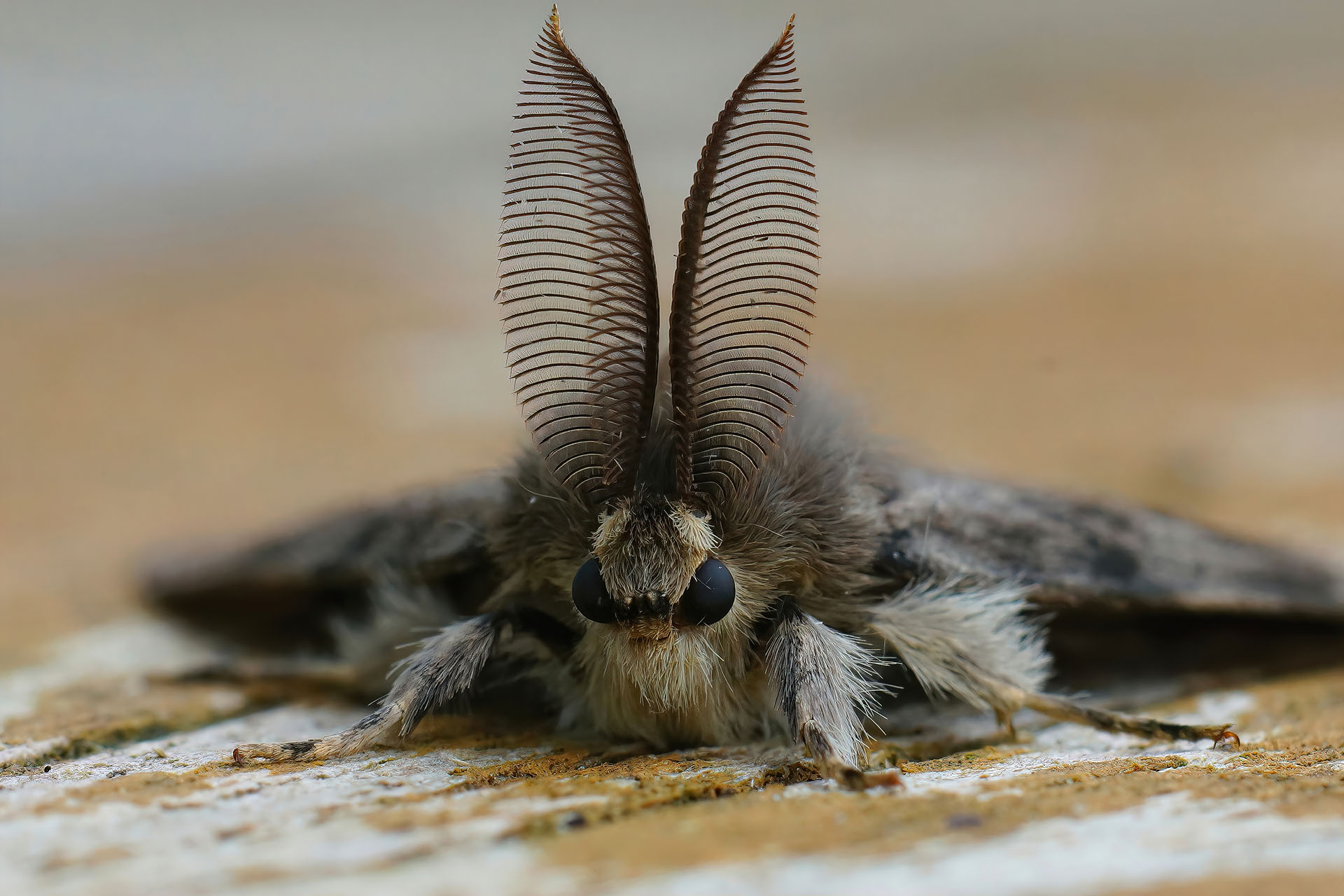Invasive Spongy Moth Spotted in Scott County

The spongy moth, previously known as the gypsy moth, is a non-native, invasive leaf-eating insect that first arrived in the United Sates from Europe in 1869. Now spotted in Minnesota, these pests feed on more than 300 species of deciduous trees and shrubs. While the insect does not kill trees and shrubs directly, it does cause harmful stress by allowing the trees and shrubs to be more susceptible to other diseases. So far, Minnesota is in the early phases of fighting this infestation. The eastern portion of Minnesota has seen the introduction of the pest, while in the western half of the state they have still been undetected. The SMSC detected spongy moth near Pike Lake last summer in one of its detection traps.
In order to identify the species, it is helpful to know the four life cycle stages of the insect. The first stage is as an egg, which is a brown-sawdust color. The egg forms into a mass of up to 1,000 eggs per grouping. The mass is usually the size of a quarter and can be found attached to any outdoor surface—natural or man-made. Eggs are laid in late summer and early fall.
In the spring, the mass transforms into a caterpillar, moving into the next life cycle known as the larva stage, which can have a damaging impact on the environment. During this phase, the caterpillar climbs to the canopy of the tree and eats, and eats, and eats. The insect feeds mostly at night and then retreats to the ground during the day. Their large appetite causes the trees they inhabit to lose most of their leaves. Depending on the tree’s energy storage levels, leaves may or may not grow back that summer.
The caterpillar has unique features that help make it identifiable as a spongy moth. It has five pairs of blue dots and six pairs of red dots along the length of its back. It has long hairs that stick out in all directions going down the spine. The caterpillar eats until it is ready to transform into the pupa (cocoon) phase. It remains a pupa for nearly two weeks. From this stage, the moth completes the cycle by turning into the adult (winged moth). During this phase, the moth does not eat because they are focused on reproducing. Female spongy months are usually too heavy to fly, so they attract males by scent. Female spongy moths have a white cream coloring while males are tan and have fuzz growing along their bodies.
Spongy moths are considered pests, and when found should be eradicated. Humans have helped the spread of the pesky moth without knowing. It is important to be aware and know how to slow the spread. Without human intervention the pest usually travels about 13 miles a year over the landscape. To exterminate this species, it’s best to use a small amount of soapy water. Scrape off egg masses with putty knives or grab the caterpillar while wearing gloves. The soap helps suffocate the moths and stops the pest in their tracks.
For more information about the spongy moth visit the Minnesota Department of Agriculture at mda.state.mn.us/plants/pestmanagement/gmunit.
Learn More About the SMSC
Read about our people or visit our frequently asked questions for additional information about the Shakopee Mdewakanton Sioux Community.
Shakopee Mdewakanton Sioux Community
2330 Sioux Trail NW
Prior Lake, MN 55372
952.445.8900
Contact a Department >












